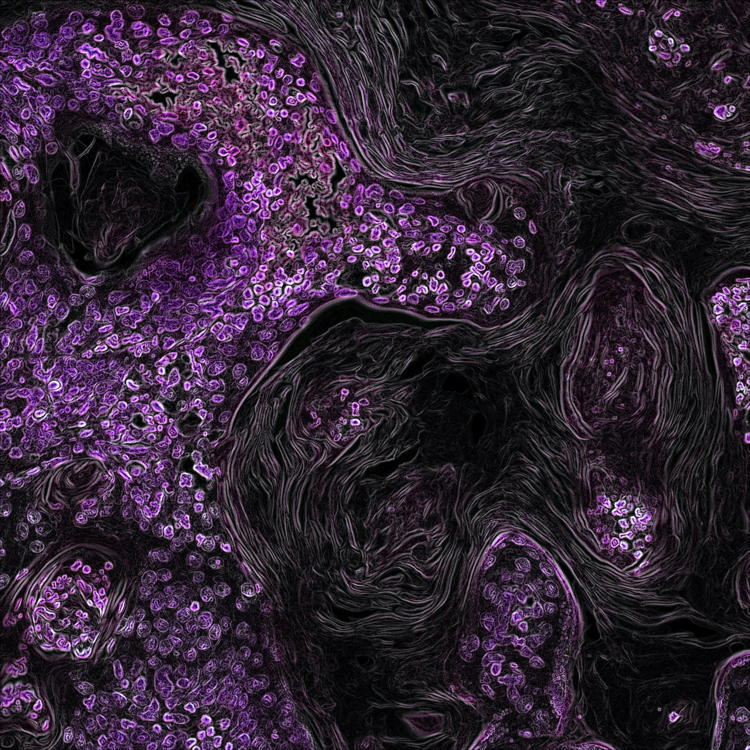Three-dimensional scaffold-free fusion culture: the way to enhance chondrogenesis of in vitro propagated human articular chondrocytes

Submitted: 8 August 2013
Accepted: 18 September 2013
Published: 5 November 2013
Accepted: 18 September 2013
Abstract Views: 3618
PDF: 866
HTML: 952
HTML: 952
Publisher's note
All claims expressed in this article are solely those of the authors and do not necessarily represent those of their affiliated organizations, or those of the publisher, the editors and the reviewers. Any product that may be evaluated in this article or claim that may be made by its manufacturer is not guaranteed or endorsed by the publisher.
All claims expressed in this article are solely those of the authors and do not necessarily represent those of their affiliated organizations, or those of the publisher, the editors and the reviewers. Any product that may be evaluated in this article or claim that may be made by its manufacturer is not guaranteed or endorsed by the publisher.
Similar Articles
- K. Fujikawa, T. Yokohama-Tamaki, T. Morita, O. Baba, C. Qin, S. Shibata, An in situ hybridization study of perlecan, DMP1, and MEPE in developing condylar cartilage of the fetal mouse mandible and limb bud cartilage , European Journal of Histochemistry: Vol. 59 No. 3 (2015)
- S. Shibata, Y. Sakamoto, O. Baba, C. Qin, G. Murakami, B.H. Cho, An immunohistochemical study of matrix proteins in the craniofacial cartilage in midterm human fetuses , European Journal of Histochemistry: Vol. 57 No. 4 (2013)
- G. Teti, V. Salvatore, A. Ruggeri, L. Manzoli, M. Gesi, G. Orsini, M. Falconi, In vitro reparative dentin: a biochemical and morphological study , European Journal of Histochemistry: Vol. 57 No. 3 (2013)
- G. Musumeci, C. Loreto, M.L. Carnazza, F. Coppolino, V. Cardile, R. Leonardi, Lubricin is expressed in chondrocytes derived from osteoarthritic cartilage encapsulated in poly(ethylene glycol) diacrylate scaffold , European Journal of Histochemistry: Vol. 55 No. 3 (2011)
- M. Riccio, E. Resca, T. Maraldi, A. Pisciotta, A. Ferrari, G. Bruzzesi, A. De Pol, Human dental pulp stem cells produce mineralized matrix in 2D and 3D cultures , European Journal of Histochemistry: Vol. 54 No. 4 (2010)
- S. Shibata, H. Fukuoka, R. Sato, T. Abe, Y. Suzuki, An in situ hybridization study of the insulin-like growth factor system in developing condylar cartilage of the fetal mouse mandible , European Journal of Histochemistry: Vol. 56 No. 2 (2012)
- V. Bradaschia-Correa, F.A.C. Barrence, L.B. Ferreira, L.F. Massa, V.E. Arana-Chavez, Effect of alendronate on endochondral ossification in mandibular condyles of growing rats , European Journal of Histochemistry: Vol. 56 No. 2 (2012)
- G. Musumeci, P. Castrogiovanni, V. Mazzone, M.A. Szychlinska, S. Castorina, C. Loreto, Histochemistry as a unique approach for investigating normal and osteoarthritic cartilage , European Journal of Histochemistry: Vol. 58 No. 2 (2014)
- A. Porzionato, M. M. Sfriso, V. Macchi, A. Rambaldo, G. Lago, L. Lancerotto, V. Vindigni, R. De Caro, Decellularized omentum as novel biologic scaffold for reconstructive surgery and regenerative medicine , European Journal of Histochemistry: Vol. 57 No. 1 (2013)
- M. Di Rosa, M.A. Szychlinska, D. Tibullo, L. Malaguarnera, G. Musumeci, Expression of CHI3L1 and CHIT1 in osteoarthritic rat cartilage model. A morphological study , European Journal of Histochemistry: Vol. 58 No. 3 (2014)
You may also start an advanced similarity search for this article.

 https://doi.org/10.4081/ejh.2013.e31
https://doi.org/10.4081/ejh.2013.e31










